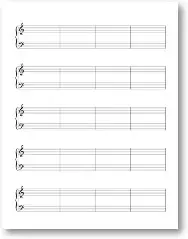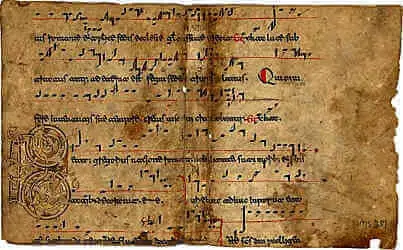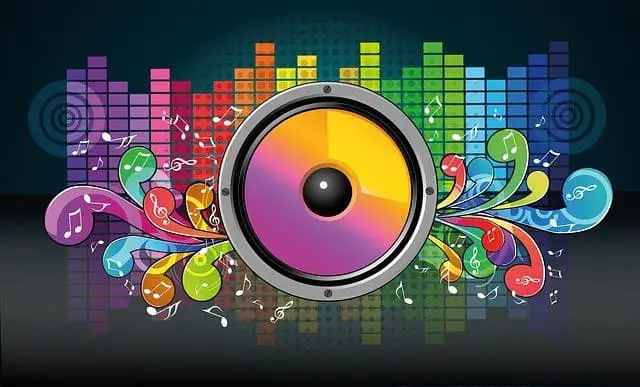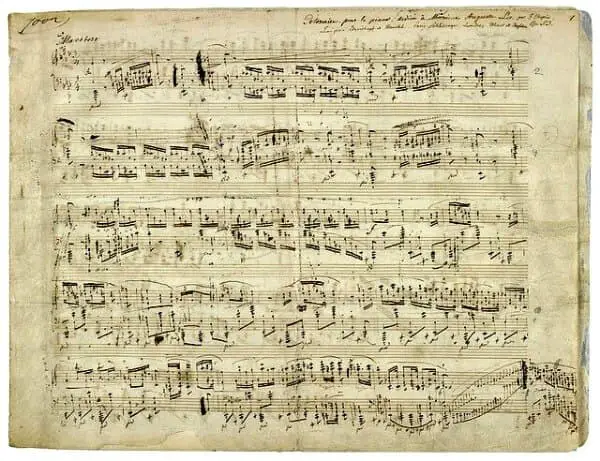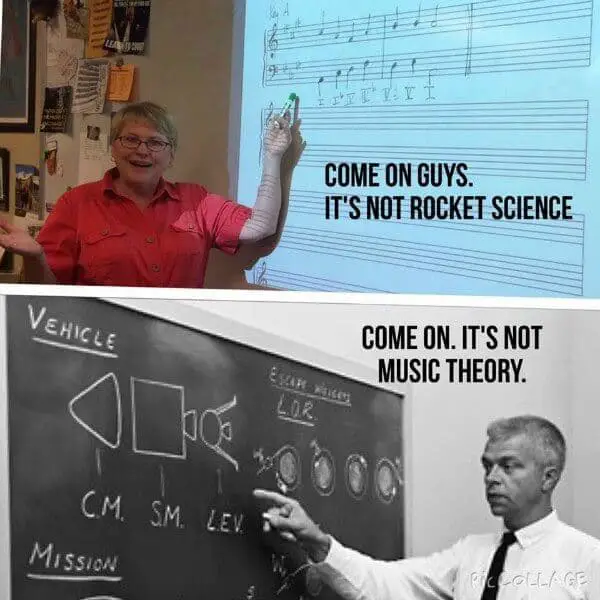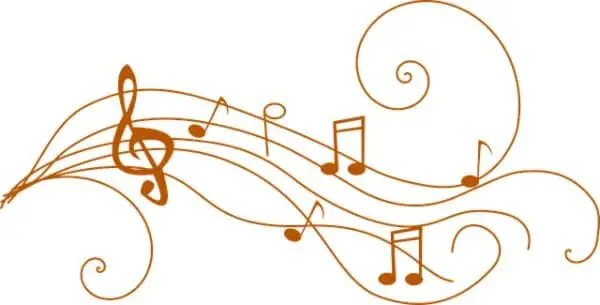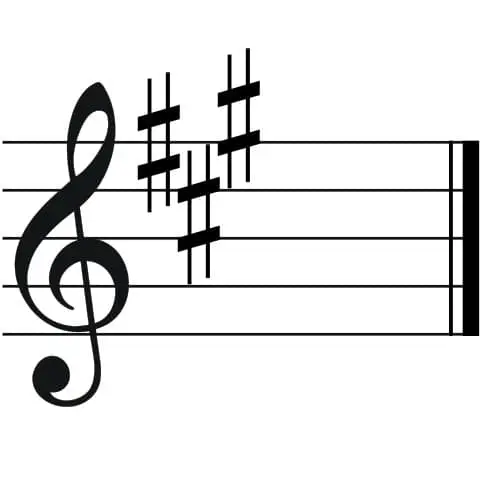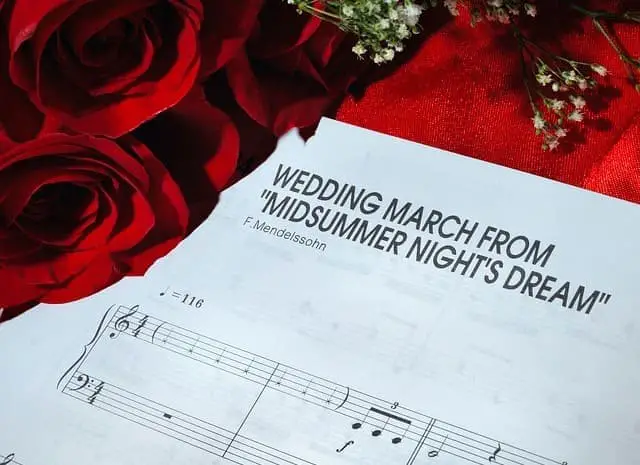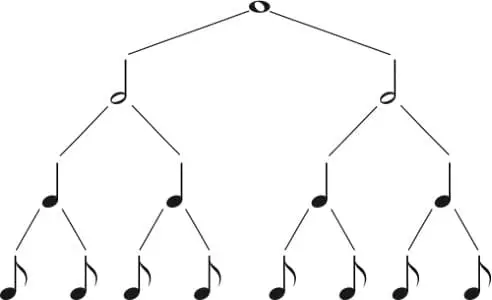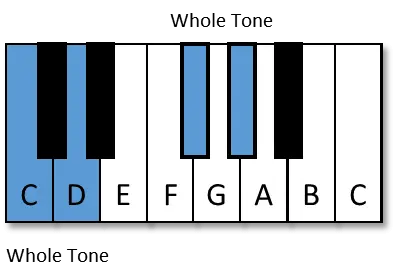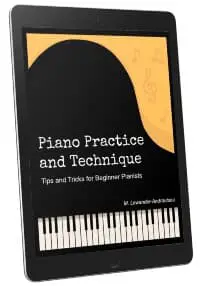- Home
- Basic Piano Theory
Learn Basic Piano Theory
Music Theory Lessons for Beginners
This article may contain compensated links. Please read the disclosure for more info.
Would you like to learn more about piano theory?
Here you will find many easy music theory lessons for beginners to more advanced piano players.
What is Piano Theory?
A piano keyboard is an excellent tool for learning basic music theory.
- Music theory is the knowledge about how music is constructed.
- Piano theory is music theory learned while referring to a piano keyboard.
Because of the layout of the piano keys, the different patterns of notes, scales, chords, and intervals are a lot easier to actually see compared to other instruments. Click here for a good piano theory book for adult beginners.
Do I Need to Learn Music Theory to Play Piano?
Learning about the basics of piano theory will help you understand written music better and learn and appreciate how music is created. But you don't actually need to know it to play the piano. That's a myth. Read more about music theory myths here.
 Learning Music Theory Will Deepen Your Understanding of Music.
Learning Music Theory Will Deepen Your Understanding of Music.Easy Piano Theory Lessons for Beginners
Tip: Make sure to print out some of my free printable staff paper before you begin!
Sharpen your pencil, and practice to write the notes, clefs etc. as you learn about them. This will make everything you learn here easier to remember.
Let's get started! Click on the links below that you're interested in learning more about, to go to each of the free piano theory lessons:

How to Read Piano Notes
In this beginner lesson, you'll learn the basic stuff of piano theory, like note names, the staff, note values, etc. Click here to read more.
Note Values and Rests
Here you'll learn more about different note values (or Duration) and rests, the names of the different note values, and how to count music. Click here to read more.
The Music Scale
What gives a musical scale its unique "sound color"? This introduction to scales will look at what scales are made from and some of the types that can be found in different parts of the world. Click here to read more.
Music Scales
Find out how to combine the notes to create different scales; major scales, minor scales, blues, modal and more! Click here to read more.
Music Intervals
Intervals are the distances between notes. Learning how to identify intervals helps you quickly read notes, among other things! Click here to read more.
The Circle of Fifths
If you want to know how all the notes are connected, here is a nifty tool for understanding key signatures, relationships between chords, and more! The Circle of Fifths tied it all together and was invented by Pythagoras in the 6th Century B.C! Click here to read more.
This is Music Theory
- Learning about how music notes are written in a score.
- To learn musical symbols and all those little markings in sheet music.
- Understanding the construction of chords and scales.
- Deepen the understanding of the elements or building blocks of music.
- Get some essential tools to get started to actually write a song or compose your own music.
- Knowing more about the theory of music is a real help for any musician, beginner or not.
Thought learning theory is for nerds and geeks and cramps your style? Here are the top 10 myths about learning the theory of music!
The Key Signature
All those symbols at the beginning of a staff, what are they? The sharps # or flats b, clustered in the first measure, is called the Key Signature. Learn more here.
Printable Staff Paper
Print your favorite. 8 or 10 staff, wide staff, or grand staff paper as PDFs. No logos and such, just clean music manuscript paper! Get yours here.
Piano Keyboard Diagram
Get a helpful tool for beginner pianists. Print out a piano keyboard (PDF), with or without note names. Use for keyboard orientation, games, etc. Click here to get it.
Piano Keyboard Layout
Why are the keys organized in the order they are, and why are they in the particular layout pattern of black and white keys? Read more here.
Printable Key Notes and Basic Chord Finder
This is a handy-dandy tool for beginner pianists. You can print out this free PDF, fold it, and place it behind the piano keys to learn and remember the key note names. On the back, you will also find a simple chart to help you find and play the most basic chords on the piano. Download it here.
Questions About Music Theory?
Read (and comment on) Visitors Questions and Answers Here:
More Basic Music Theory Lessons
It may seem like music theory is complicated... But understanding how music is built is logical and straightforward if you only know where to begin!
Music theory is the study of how music works. It's learning more about the different building blocks that make up music.
You can dig deeper with even more free piano theory lessons in the lessons and articles below. Many are starting from scratch for the complete beginner. The focus of the lessons is on making the knowledge of music and music theory as accessible and easy to understand as possible.
Easy Music Theory Lessons for Beginners
The Basics
Intermediate
Composition for Beginners

Why not try your hand at simple composition?
If you know the basics of writing notes, you can begin to experiment with creating your own musical compositions. Try it out with these lessons:
- How to Compose Music for Beginners
- Learn How to Write Music – Beginning Composition Lessons
- How to Write a Melody
- How to Make a Song
- How to Write Songs
The Weird Zone...
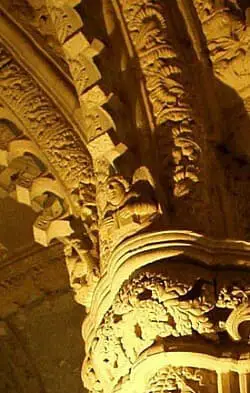
Are you up for some adventure?
When digging deeper into music theory, you may discover some interesting and mysterious things...!
Check it out here: 8 Musical Mysteries and Phenomena.
Here I have dug into some fascinating facts about musical compositions and sound creation. I love it! I hope you'll get some inspiration too!
